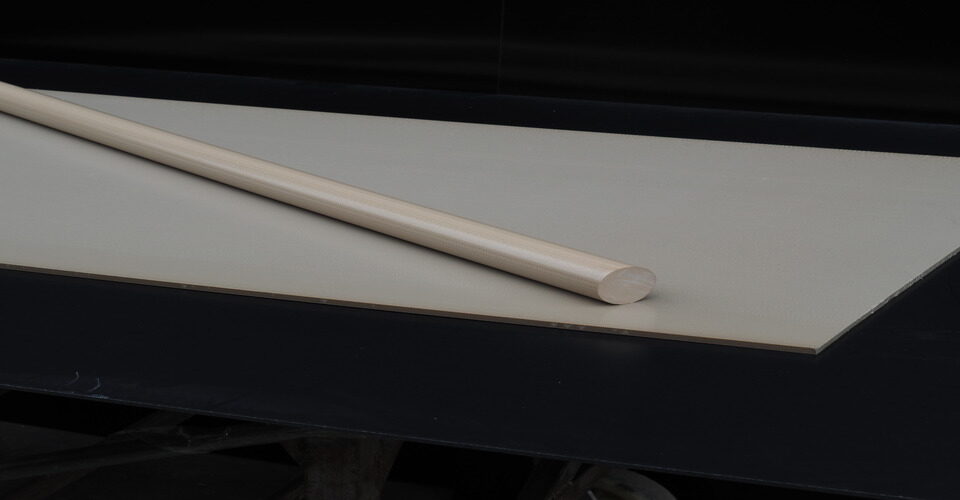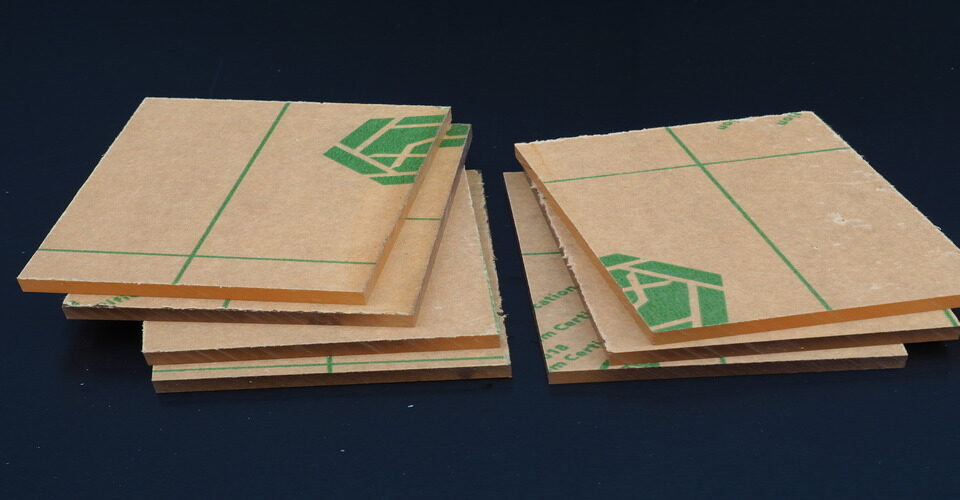
What is a PEEK rod?
February 3, 2025
What is the main application for PET?
February 3, 2025Polyamide (PA) and PAI (Polyamide-imide) are both high-performance thermoplastics, but they differ significantly in terms of their chemical structure, properties, and applications. Here’s an overview of their key differences:
1. Chemical Structure
- Polyamide (PA): Polyamide is a polymer made by linking amide groups (-CONH-) through condensation reactions. Common types include Nylon 6, Nylon 66, and Nylon 12.
- Polyamide-imide (PAI): PAI is a more advanced polymer formed by combining amide and imide groups. The imide groups enhance its thermal and mechanical properties compared to standard polyamides.

2. Thermal Properties
- Polyamide (PA): Polyamides typically have a melting point between 190°C and 350°C, depending on the type of nylon. They perform well in temperatures up to 150°C, but prolonged exposure to higher temperatures can cause degradation.
- Polyamide-imide (PAI): PAI can withstand much higher temperatures, with a glass transition temperature (Tg) around 270°C and continuous service temperatures up to 260°C, making it more suitable for extreme conditions.
3. Mechanical Properties
- Polyamide (PA): PA is known for its excellent wear resistance, low friction, and good tensile strength, but it can be prone to absorbing moisture, which can affect its dimensional stability.
- Polyamide-imide (PAI): PAI exhibits superior mechanical strength, rigidity, and dimensional stability, even under high stress and temperature. It also has low creep under load and maintains performance in humid conditions.
4. Applications
- Polyamide (PA): Commonly used in textiles, automotive parts, electrical components, and consumer goods.
- Polyamide-imide (PAI): Due to its superior properties, PAI is often found in aerospace, automotive, and high-performance industrial applications, such as bearings, gears, and electrical insulators.
5. Cost
- Polyamide (PA): Generally more cost-effective than PAI.
- Polyamide-imide (PAI): More expensive due to its advanced properties and manufacturing complexity.
While polyamide is widely used for general-purpose applications, PAI’s superior thermal and mechanical properties make it ideal for specialized, high-performance environments.






